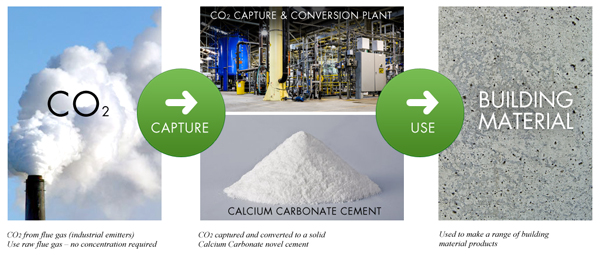Over the years we’ve profiled thousands of affordable and sustainable housing ideas that include affordable homes made with natural building materials, earthquake and hurricane resistant housing, renewable energy, appropriate technology, permaculture, and on and on. In fact, we’ve covered almost the whole range of homesteading and sustainable living topics in addition to our main focus on natural building. We’ve done this because all these things are so closely interconnected. How can you have a sustainable home without a sustainable toilet, a renewable energy system and home garden? How can you build a sustainable home without affordable land? Most affordable land nowadays has depleted soil, so how do you improve degraded land to support a homestead?
eco friendly
13 Most Unusual Houses
Not all of the houses in the video are sustainably built with natural materials, however sometimes it’s fun to look at something different and unusual to stir the imagination. My personal favorites are Simon Dale’s 3,000 Euro Hobbit House in Wales (perhaps the most popular natural home in the modern era) and the Flintstones House. Simon Dale’s house epitomizes why Kelly and I do what we do. This house demonstrates how people of average skill can build their own affordable, even dirt cheap, natural house in a reasonable amount of time so they can break free of the rat race and do what they really want to do in life. Which ones are your favorites?
Calera Green Cement
Restoring Degraded Land: Growing Crops on Bedrock

This blog post is part of an ongoing series on how to restore degraded land. Good land is hard to come by and often not affordable unless you’re rich. The facts presented here are from the video Building Soil with Clive. His farm in Hawaii was scraped bare with a bulldozer down to bedrock not once, not twice, but three times before he started leasing it. The thought of farming land like this seems hopeless, right? But over the last 18 years Clive has built up 3”- 4” of topsoil on bedrock using the techniques he describes in his video, which are summarized here. He feels his main job is creating good habitat and taking care of the organisms in the soil using primarily mulch and cover crops. It’s interesting to note that he never seems to find time to make IMOs (indigenous microorganisms). Instead, his focus is on creating massive quantities of organic matter to build soil. The results speak for themselves.
Kirk Nielsen – Green Builder
Tiny huts to enjoy the basics in Swedish spartan rural lodge
“For more than 400 years, charcoaling had been traditional industry in the area surrounding Skinnskatteberg, Sweden. Locals burnt charcoal for the iron industry and lived in rustic huts to stay close to the “coaling” process.


